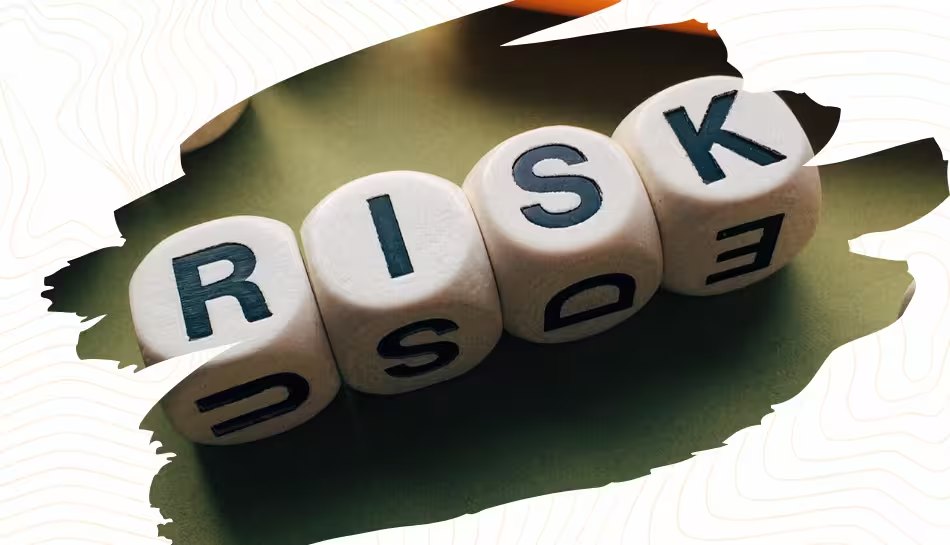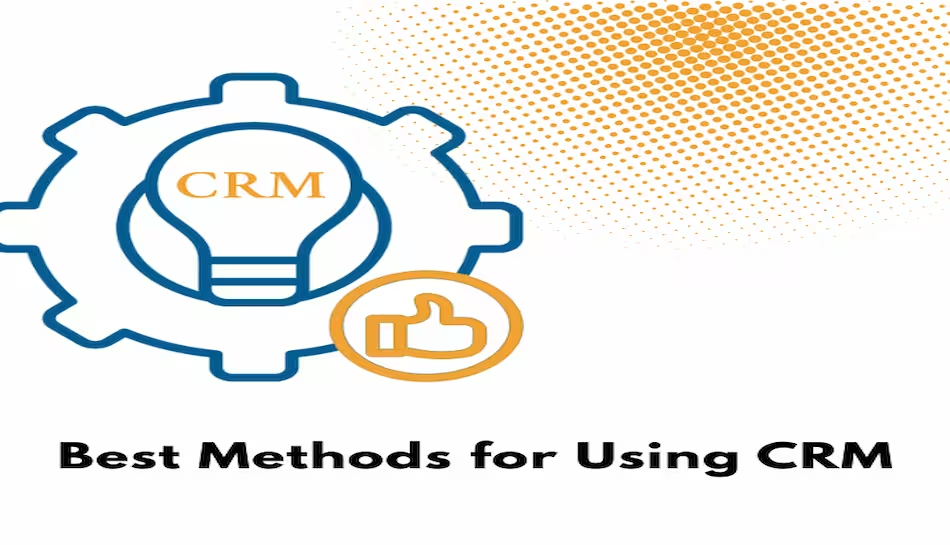Every enterprise, whether it’s a startup or a large organization, faces risk. These risks can come in many forms: financial losses, operational disruptions, cyber threats, legal issues, supply chain bottlenecks, or even reputational damage. While no business can eliminate risk entirely, smart companies focus on risk mitigation: the process of identifying, assessing, and reducing the impact of potential threats.
So, what exactly does enterprise risk mitigation look like? And how can organizations prepare for the unexpected without breaking the bank or slowing down innovation? Let’s break it down.
What is Risk Mitigation?
Risk mitigation refers to the strategies and actions a business takes to reduce the likelihood of negative events and minimize their impact when they do occur. It’s a proactive approach to managing uncertainty.
In simple terms: Think of it as putting seatbelts and airbags in your car. You can’t prevent every accident, but you can be better prepared.
Why Risk Mitigation is Crucial for Enterprises
1.Protects Business Continuity
A sudden disruption like a cyberattack or a supply chain failure can bring operations to a halt. Risk mitigation ensures your business keeps running, even during tough times.
2.Builds Trust with Stakeholders
Investors, customers, and employees all want to know the business is secure. When a company actively manages risks, it inspires confidence and loyalty.
3.Prevents Financial Losses
Whether it’s fines from non-compliance, lawsuits, or loss of inventory, unmanaged risks can burn a hole in your budget. Risk mitigation reduces the cost of these events or helps you avoid them altogether.
4.Strengthens Reputation
Brands that handle crises well often come out stronger. Risk preparedness enhances your reputation and shows the world you’re a responsible, forward-thinking company.
Common Types of Risks Enterprises Face
Enterprises face various risks, typically categorized into:
- Operational Risks - Equipment failure, supply chain disruptions, human error.
- Financial Risks - Market fluctuations, credit issues, fraud.
- Compliance Risks - Violating regulations, tax issues, labor law breaches.
- Cybersecurity Risks - Data breaches, ransomware, phishing attacks.
- Strategic Risks - Poor decision-making, failed projects, competitive pressures.
Key Steps to Mitigate Risks
Here’s how enterprises can create a solid risk mitigation plan:
1.Identify the Risks
Use internal audits, employee feedback, and industry analysis to list potential risks. Include both common and less likely threats.
2.Assess the Impact
Not all risks are equally damaging. Prioritize based on how likely they are and how much harm they could cause.
3.Develop Response Strategies
These may include:
- Avoidance (e.g., skipping risky projects)
- Reduction (e.g., implementing security protocols)
- Sharing (e.g., using insurance or partnerships)
- Acceptance (for low-impact, low-probability risks)
4.Risk Mitigation Plan
Prepare backup systems, alternate suppliers, or crisis communication strategies. Think of it as your business’s emergency drill.
5.Use Technology
Today’s ERP systems, risk analytics tools, and AI-based platforms help monitor real-time data and flag risks early.
6.Train Your Teams
Everyone in the organization should know their role in risk mitigation. Regular training keeps people alert and responsive.
Risk Mitigation Isn’t a One-Time Job
Risk environments constantly change. What was a minor issue last year could be a major threat today. That’s why regular reviews and updates to your risk management plan are essential. Businesses that treat risk mitigation as an ongoing discipline are better equipped to adapt, grow, and thrive, even when challenges arise.
Final Thoughts
In an unpredictable world, risk is inevitable. But being unprepared isn’t. By building a culture of proactive risk management, enterprises can turn potential threats into manageable bumps on the road, not deal-breakers. Whether you’re leading a small team or running a large company, investing in risk mitigation is investing in long-term success.



